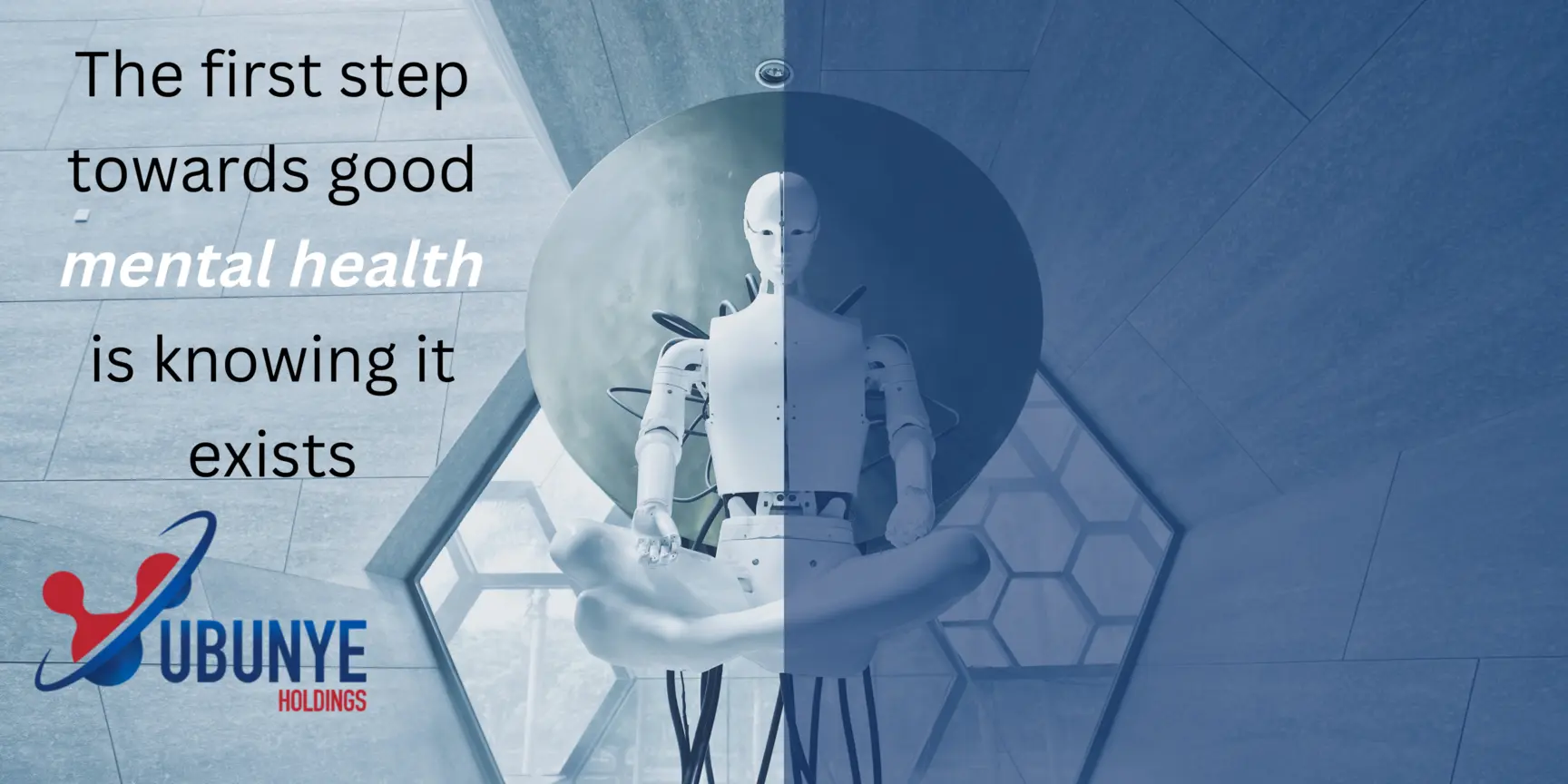Employee Mental Health and Wellness has been a hot topic for a few years now and yet some companies don’t cultivate a culture where their staff are able to speak freely about mental health issues or get the support they need.
Studies have shown that mental health issues are becoming a key focus in the Education sector. Mainly due to the high number of students having to deal with numerous number of stresses and anxiety. This will mean that the next generation entering the job market will expect these type of benefits as part of their employment offers. Companies that want to attract and retain talent will have to invest in a good Employee Health and Wellness program.
One of the biggest challenges that is creating mental health issues is the “always on” culture that has become the norm. People feel guilty when they have downtime or are offline and not available. Previously it was common practice that when a person leaves the office they are only available for emergencies until they return the next day but with most of us having transformed our homes into remote offices it has become difficult to switch off and maintain a good balance of work and home life.
What is also important for a company to understand is that mental health issues can have a huge impact on your employee’s productivity, attendance and in return affect the company’s revenue due to poor performance. Therefore it is imperative for a company to recognize and support their employees that have mental health issues and create a culture leaving people less anxious, tired and stressed.
There are some serious signs that Human Resources departments can be on the lookout for to see if an employee has a mental health issue. Some of them mentioned below:
- A scruffy appearance - many people with mental health issues find it difficult or don’t have the energy to keep up their appearance and may have poor hygiene habits, dress inappropriately etc.
- Mood swings, erratic behavior or emotional rollercoasters is also another sign. The employee experiences extreme highs and lows and their emotions might turn very quickly as well.
- Due to the high level of stress and anxiety associated with mental health problems, it leaves a person frustrated and they get irritated easily.
- Serious signs of mental health issues is insomnia and changes in eating habits. Employees might not eat lunch or even refuse to eat with their colleagues.
- Employees with mental health issues tend to take a lot of time off work.
- They might have moments of confusion or inability to do problem solving.
- Some people might be paranoid and have unnecessary sense of fear or worry over trivial things. These fears and anxieties are typically beyond a normal rationale.
- A decrease or lack of productivity due to fatigue from lack of sleep. Th is making it hard for them to focus.
- They might be withdrawn from social situations, especially when it comes to colleagues due to them suffering from isolation, loneliness or self-loathing.
- As a way to self-medicate some might turn to alcohol, drugs, food or sex or other addictions.
It is not uncommon for a company to now have Employee Mental Health and Well-being as a budget line item. According to date for the Kaiser Family Foundation, 31.6% of adults reported symptoms of anxiety or depression by October 2021.
In a recent study done by Deloitte, it was found that some companies make use of digital health apps and peer support workers which has proven to be very effective.
A new trend is for employers to create employee resource and affinity groups. It has become difficult to ignore factors that were easy to compartmentalize in a pre-pandemic world. Creating affinity groups allows for people to connect with people with common interest or aspects of identity. These could range from parent groups, woman groups of people of colour groups. By employers creating these affinity groups, the employees have a space where they can foster connections and therefore job satisfaction and retention will potentially increase.
The first step that a business should take is to recognize the fact that Employee Mental Health and Well-being is real and is here to stay, and whether we like it or not it is vital to cater and support employees with mental health challenges.

